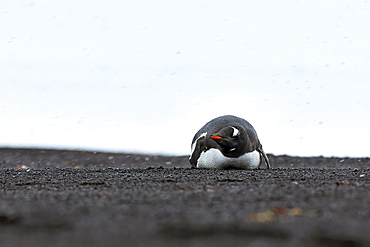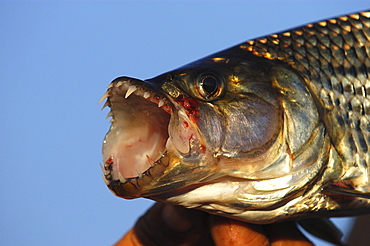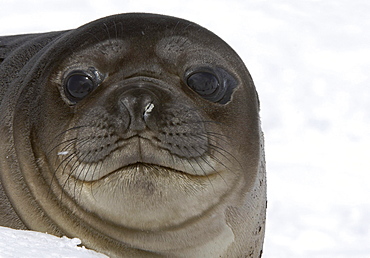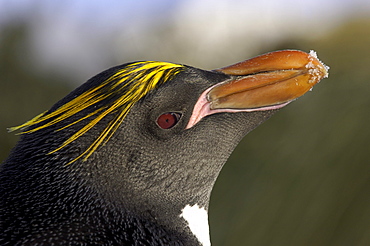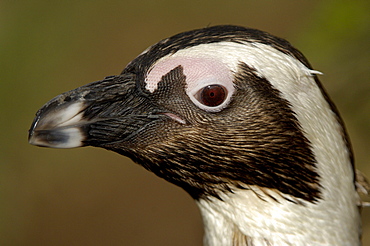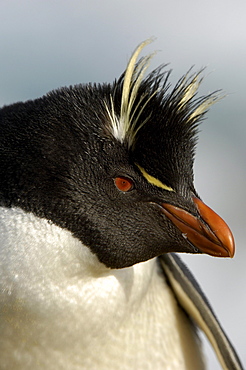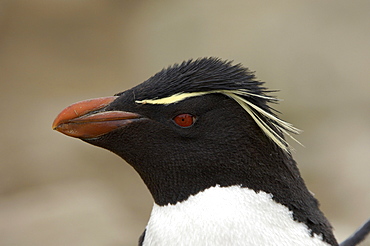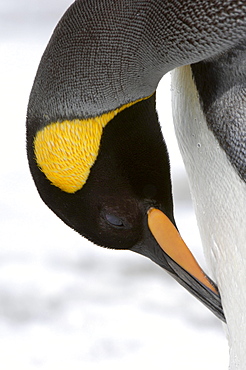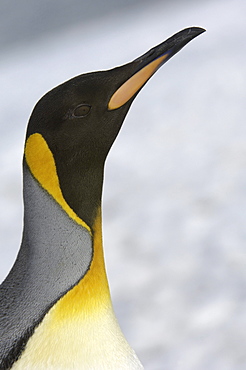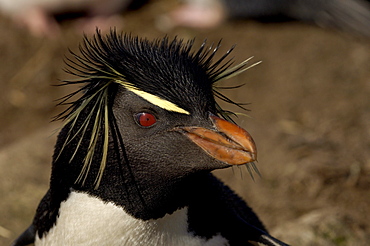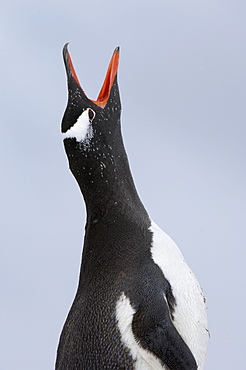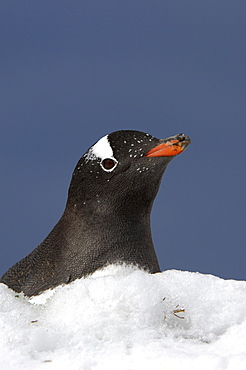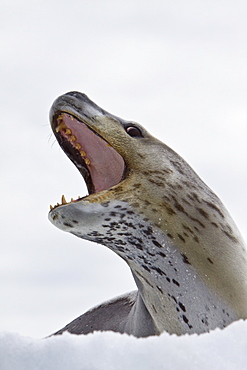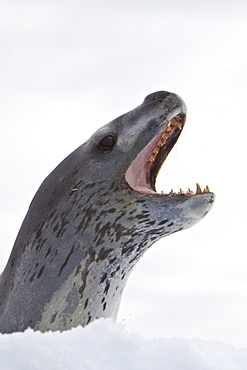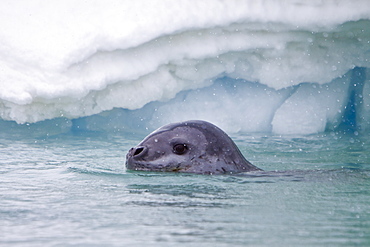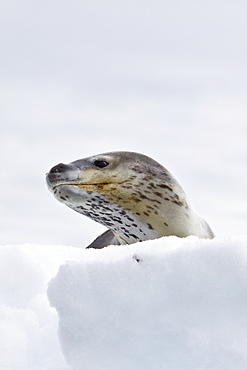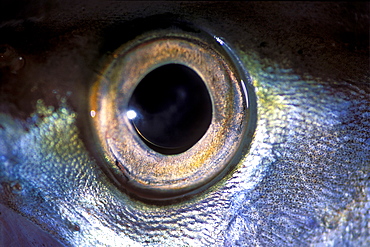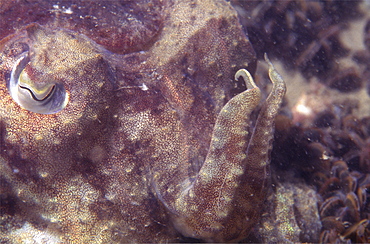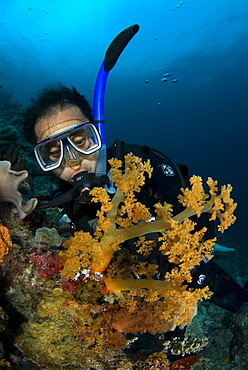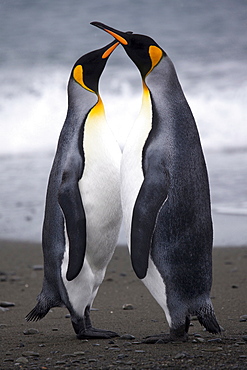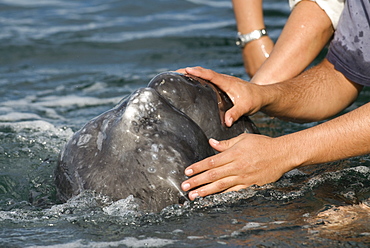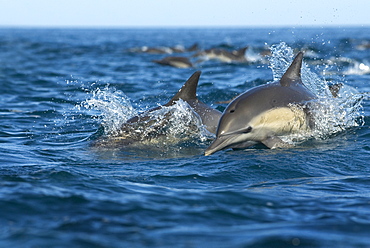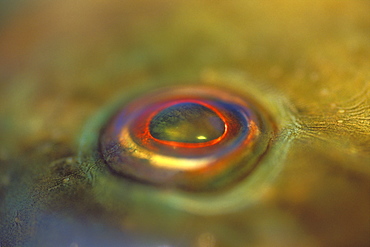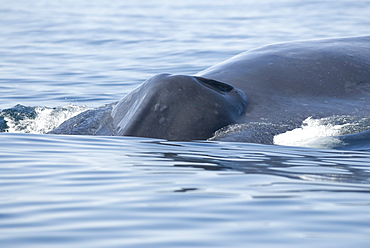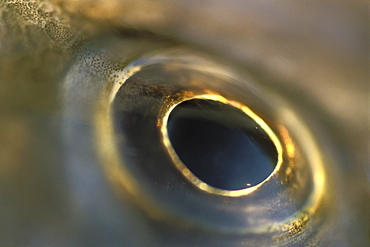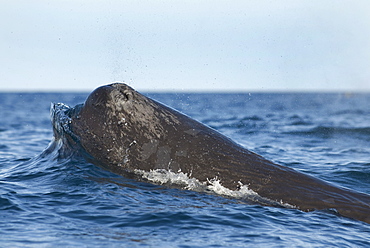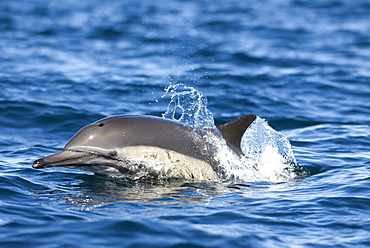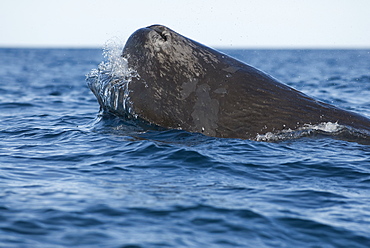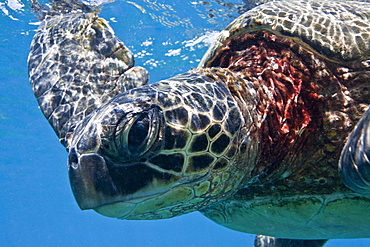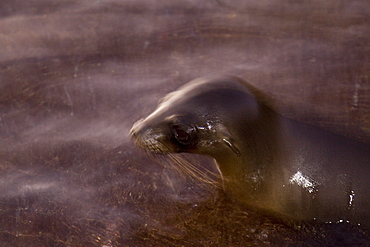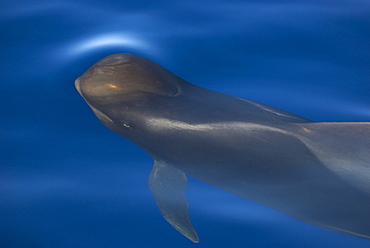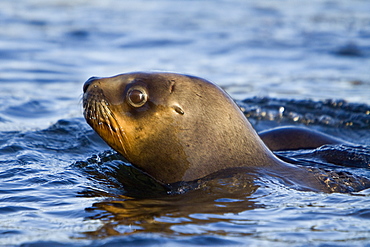Results
13 results found
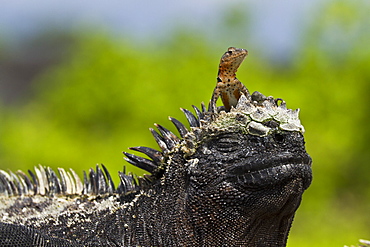
Lava lizard (Microlophus spp,) on top of marine iguana (Amblyrhynchus cristatus), Las Bachas, Santa Cruz Island, Galapagos Islands, Ecuador, South America
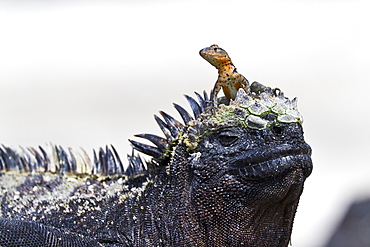
Lava lizard (Microlophus spp,) on top of marine iguana (Amblyrhynchus cristatus), Las Bachas, Santa Cruz Island, Galapagos Islands, Ecuador, South America
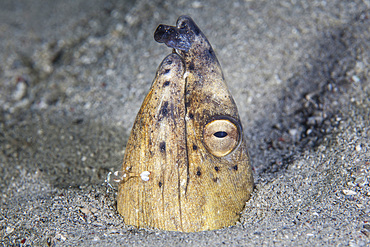
A Black-finned snake eel (Ophichthus cephalozona) pokes its head out of a sandy seafloor in Indonesia. This tropical region, within the Coral Triangle, is home to an incredible variety of marine life.
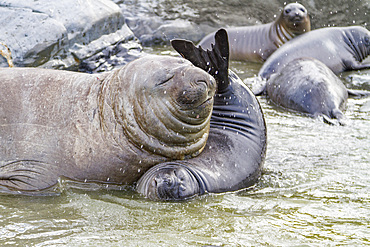
Young adult bull southern elephant seal (Mirounga leonina) holding young pup's head underwater trying to kill it, South Georgia Island, Southern Ocean
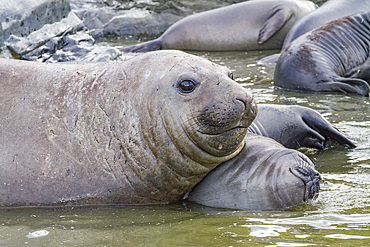
Young adult bull southern elephant seal (Mirounga leonina) holding young pup's head underwater trying to kill it, South Georgia Island, Southern Ocean
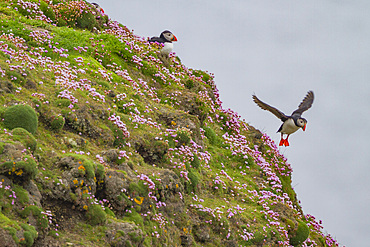
Adult Atlantin puffin (Fratercula arctica) during breeding season on Sumburgh Head, Shetlands, Scotland, United Kingdom
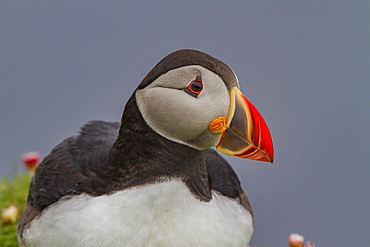
Adult Atlantin puffin (Fratercula arctica) during breeding season on Sumburgh Head, Shetlands, Scotland, United Kingdom

Adult Atlantin puffin (Fratercula arctica) during breeding season on Sumburgh Head, Shetlands, Scotland, United Kingdom
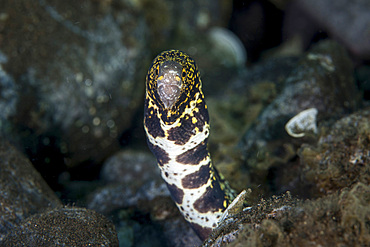
A snowflake moray eel (Echidna nebulosa) pokes its head out of a hole in Komodo National Park, Indonesia. This beautiful area harbors extraordinary marine biodiversity and is a popular destination for divers and snorkelers.
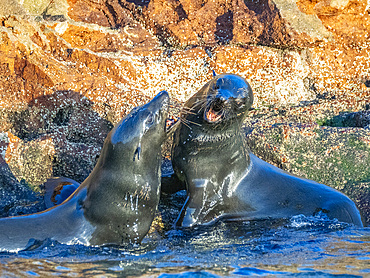
Guadalupe fur seals (Arctocephalus townsendi), at new haul out on Las Animas Island, Baja California Sur, Sea of Cortez, Mexico, North America
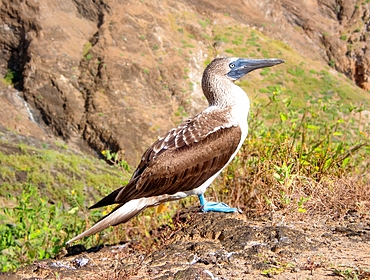
Blue Footed Booby (Sula nebouxii), a marine bird found in the Eastern Pacific whose unusual blue feet feature in courtship rituals, Galapagos, UNESCO World Heritage Site, Ecuador, South America
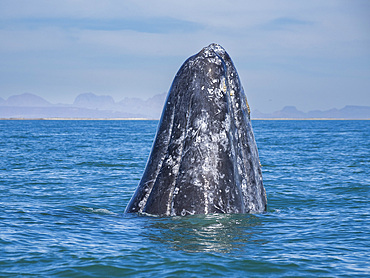
Adult California gray whale (Eschrictius robustus), spy-hopping in San Ignacio Lagoon, Baja California, Mexico, North America
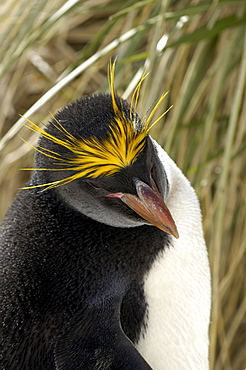
Macaroni penguin (eudyptes chrysolophus) hercules bay, south georgia, close-up showing crest feathers.
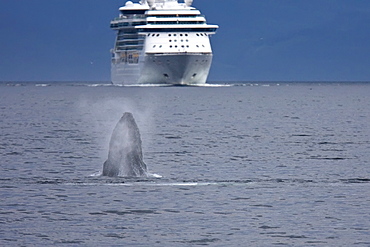
An adult humpback whale (Megaptera novaeangliae) head-lunging off Point Adolphus in Icy Strait in Southeast Alaska, USA. Pacific Ocean
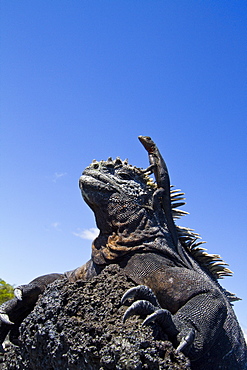
The endemic Galapagos marine iguana (Amblyrhynchus cristatus) with a lava lizard on top of its head in the Galapagos Island Archipelago, Ecuador
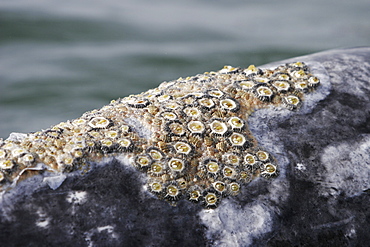
Adult California gray whale (Eschrichtius robustus) surfacing (note barnacles and whale lice) in the calm waters of Magdalena Bay, Baja California Sur, Mexico.
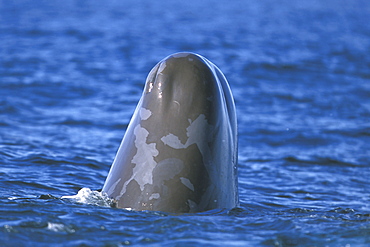
Young Sperm Whale (Physeter macrocephalus) spy-hopping (note the sloughing skin) in the mid-riff region of the Gulf of California (Sea of Cortez), Mexico.

California gray whale (Eschrichtius robustus) calf surfacing in the calm waters of Magdalena Bay, Baja California Sur, Mexico.
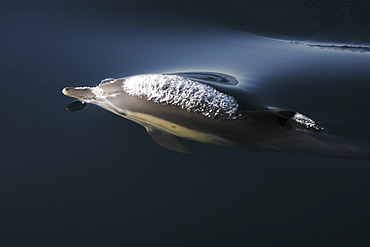
Long-beaked Common Dolphin (Delphinus capensis) surfacing (note the blow behind head) in the Gulf of California (Sea of Cortez), Mexico.
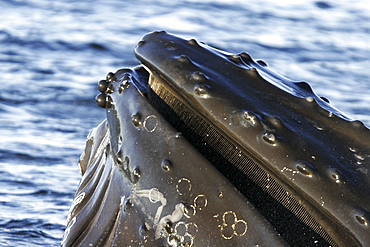
Humpback Whales (Megaptera novaeangliae) cooperatively bubble-net feeding in Chatham Strait (upper jaw and baleen detail) in Southeast Alaska, USA. Pacific Ocean.
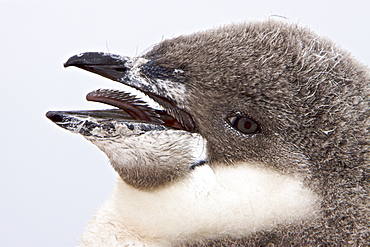
Chinstrap penguin (Pygoscelis antarctica) chick head detail at colony on Useful Island near the Antarctic Peninsula. There are an estimated 2 million breeding pairs of chinstrap penguins in the Antarctic peninsula region alone, perhaps as many as 7.5 million breeding pairs in all of Antarctica. Their name derives from the narrow black band under their heads which makes it appear as if they are wearing black helmets, making them one of the most easily identified types of penguin. Other names for them are "Ringed Penguins", "Bearded Penguins", and "Stonecracker Penguins" due to their harsh call. They grow to 68 cm (27 in). The average adult weight of a Chinstrap Penguin is 4.5 kg (10 lbs). Weight can range from 3 to 6 kg (6.6-13.2 lbs), with males being slightly larger and weight varying based on where the penguin is in the breeding cycle. Their diet consists of krill, shrimp, and fish. On land they build circular nests from stones, and lay two eggs, which are incubated by both the male and the female for shifts of five to ten days. They can also breed on icebergs, though they prefer non-icy conditions. The chicks hatch after about 35 days, and have fluffy gray backs and white fronts. The chicks stay in the nest for 20?30 days before they go to join a creche. At around 50?60 days old, they moult, gaining their adult plumage and go to sea. The Chinstrap Penguin was first described by German naturalist Forster in 1781. Its specific epithet was often seen as antarctica, however a 2002 review determined the genus Pygoscelis was masculine, and hence the correct binomial name is Pygoscelis antarcticus.
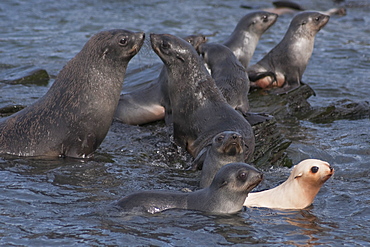
Leucistic Antarctic Fur Seal pup, Arctocephalus gazella, amongst normally coloured animals, South Georgia, South Atlantic Ocean. Leucism is a general term for the phenotype resulting from defects in pigment cell differentiation and/or migration from the neural crest to skin, hair or feathers . This results in either the entire surface or patches of the body surface having a lack of cells capable of making pigment.
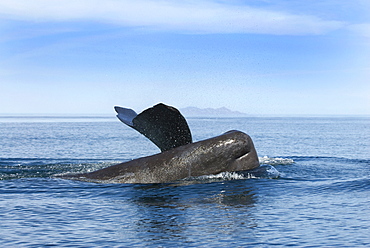
Sperm whale (physeter macrocephalus) A sperm whale dives alongside its companion who has an odd scar at the fron right side of its head.. The Gulf of California.
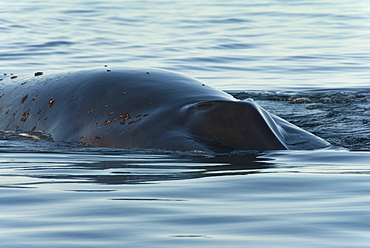
Fin whale (balaenoptera physalus) The head of a fin whale and barnacles attached.Gulf of California.
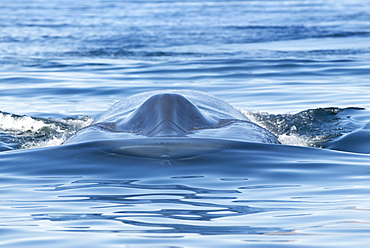
Blue whale (balaenoptera musculus) A blue whale head on showing the mouth under the water.The Gulf of California.
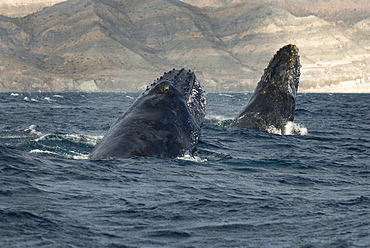
Humpback whale (megaptera novaeangliae) The heads of two humpback whales, one chasing the other. Gulf of California.
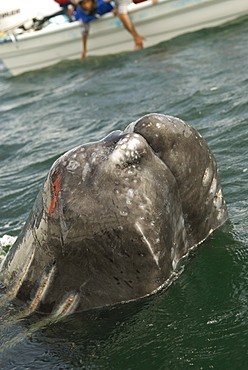
Gray whale (eschrictius robustus) A gray whale sticks the top of its head out of the water beside a boat. Pacific Mexico.
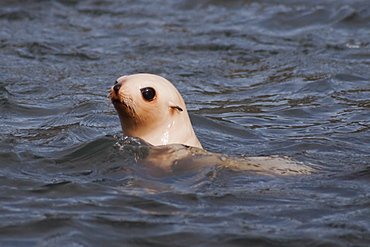
Leucistic Antarctic Fur Seal pup, Arctocephalus gazella, South Georgia, South Atlantic Ocean. Leucism is a general term for the phenotype resulting from defects in pigment cell differentiation and/or migration from the neural crest to skin, hair or feathers . This results in either the entire body surface or patches of the body surface having a lack of cells capable of making pigment.

Gray whale (eschrichtius robustus) A graywhale approaches a boat, the eye clealry visible. Pacific Ocean
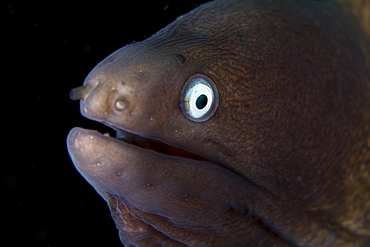
White-eyed moray eel, Siderea thyrsoidea. Often pokes its head out of holes and crevices on coral reefs in the Indo-Pacific region. Lembeh Strait, North Sulawesi, Indonesia, Pacific Ocean.
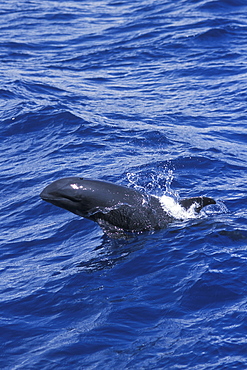
Melon-headed whale (Peponocephala electra). Surfacing, lifting its head high out of the water.
Indonsia.
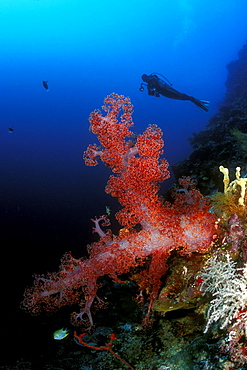
Soft Coral & diver. Sipadan has some of the best dropoffs in the world. Subsequently, here grows some of the prettiest corals (hard & soft) in the Pacific. Sipadan, Malaysia

western king wrasse (coris auricularis), male, dark pink colour with reddish-brown band running around boby and blue-green colouration over the head, wild, day, marine protected area, diving off Rottnest Island, reef edges, sand, seagrass, Western Australia, Indian Ocean. MORE INFO: social structure where dominant male, usually the biggest in the area, will have a harem of females. When the male dies or is absent for any length of time the largest female will change sex and dominate the group.
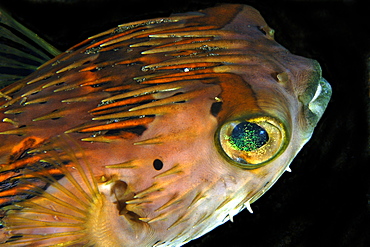
Black-blotched porcupinefish (Diodon liturosus), Dumaguete, Negros Island, Philippines, Southeast Asia, Asia
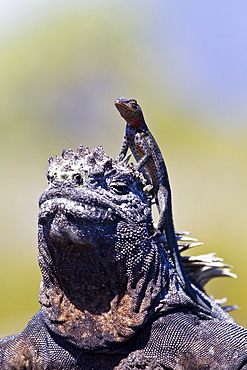
The endemic Galapagos marine iguana (Amblyrhynchus cristatus) with a lava lizard on top of its head in the Galapagos Island Archipelago, Ecuador
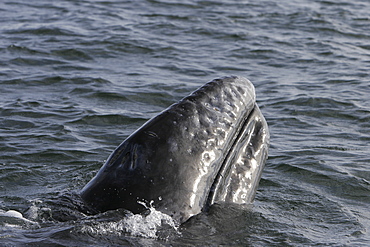
California gray whale (Eschrichtius robustus) calf surfacing in the calm waters of Magdalena Bay, Baja California Sur, Mexico.
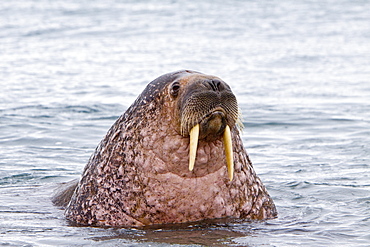
Adult male walrus (Odobenus rosmarus rosmarus), Prins Karls Forland, Svalbard Archipelago, Barents Sea, Norway
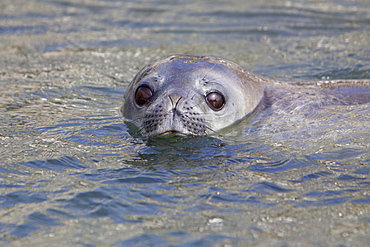
Weddell Seal (Leptonychotes weddellii) hauled out on ice near the Antarctic Peninsula, southern Ocean

Aerial view of adult humpback whales (Megaptera novaeangliae) cooperatively "bubble-net" feeding in Southeast Alaska, USA
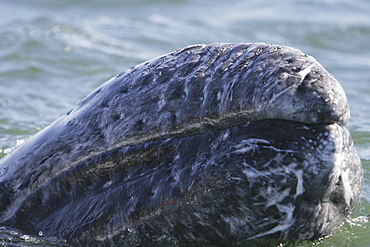
California gray whale (Eschrichtius robustus) calf surfacing in the calm waters of Magdalena Bay, Baja California Sur, Mexico.
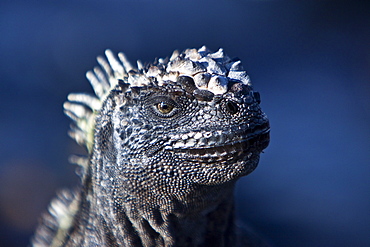
The endemic Galapagos marine iguana (Amblyrhynchus cristatus) in the Galapagos Island Archipelago, Ecuador

Humpback whale (megaptera novaeangliae) The heads of two humpback whales, one chasing the other. Gulf of California.
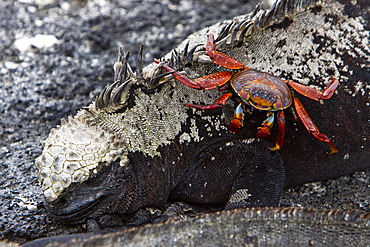
The endemic Galapagos marine iguana (Amblyrhynchus cristatus) with Sally lightfoot crab in the Galapagos Island Archipeligo, Ecuador
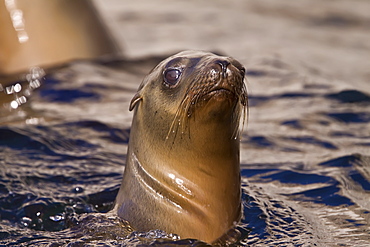
California sea lion (Zalophus californianus) pup at Los Islotes (the islets) just outside of La Paz, Baja California Sur in the Gulf of California (Sea of Cortez), Mexico.
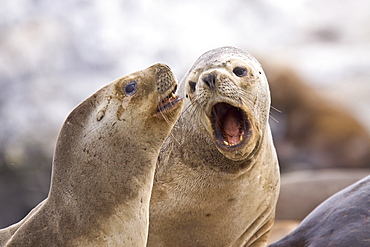
South American Sea Lion (Otaria flavescens) hauled out on small rocky islet just outside Ushuaia, Beagle Channel, Argentina

California gray whale (Eschrichtius robustus) calf surfacing in the calm waters of Magdalena Bay, Baja California Sur, Mexico
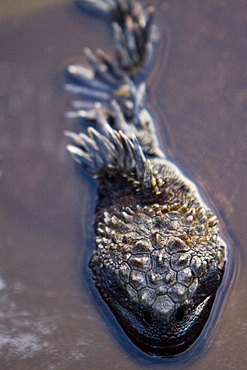
The endemic Galapagos marine iguana (Amblyrhynchus cristatus) in the Galapagos Island Archipelago, Ecuador
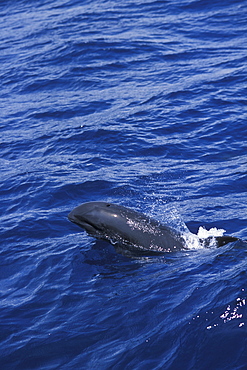
Melon-headed whale (Peponocephala electra). Surfacing, lifting its head high out of the water.
Indonsia.
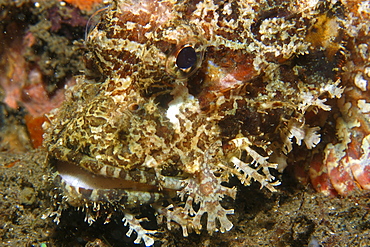
Scorpionfish (Scorpaenopsis sp.), head detail, Dumaguete, Negros Island, Philippines, Southeast Asia, Asia

California gray whale (Eschrichtius robustus) calf surfacing (note eye and mouthline) in the calm waters of Magdalena Bay, Baja California Sur, Mexico.

The endemic Galapagos marine iguana (Amblyrhynchus cristatus) in the Galapagos Island Archipelago, Ecuador
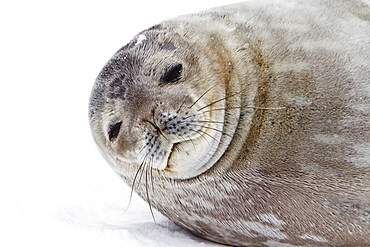
Weddell Seal (Leptonychotes weddellii) hauled out on ice near the Antarctic Peninsula, southern Ocean
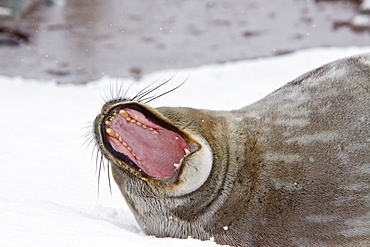
Weddell Seal (Leptonychotes weddellii) hauled out on ice near the Antarctic Peninsula, southern Ocean

California gray whale (Eschrichtius robustus) calf surfacing (note eye and mouthline) in the calm waters of Magdalena Bay, Baja California Sur, Mexico.
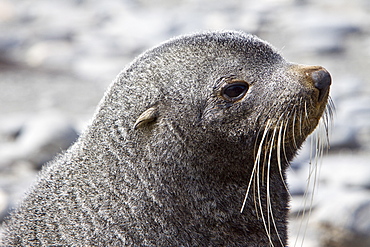
Antarctic Fur Seal (Arctocephalus gazella) pup on the island of South Georgia, southern Atlantic Ocean

Adult male walrus (Odobenus rosmarus rosmarus), Prins Karls Forland, Svalbard Archipelago, Barents Sea, Norway
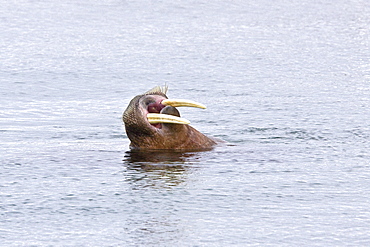
Adult male walrus (Odobenus rosmarus rosmarus) at Torellneset, a point on Nordaustlandet Island in the Hinlopenstretet in the Svalbard Archipelago in the Barents Sea, Norway
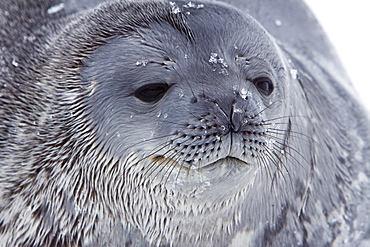
Weddell Seal (Leptonychotes weddellii) hauled out on ice near the Antarctic Peninsula, southern Ocean
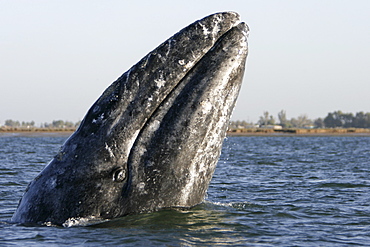
California Gray Whale (Eschrichtius robustus) spy-hopping near the town of Puerto Lopez Mateos, BCS along the Pacific side of the Baja Penninsula. Pacific Ocean.
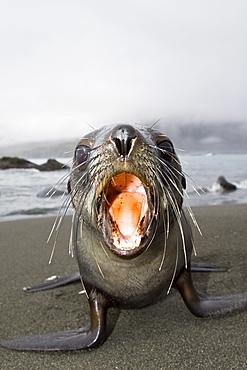
Antarctic Fur Seal (Arctocephalus gazella) pup on the island of South Georgia, southern Atlantic Ocean

